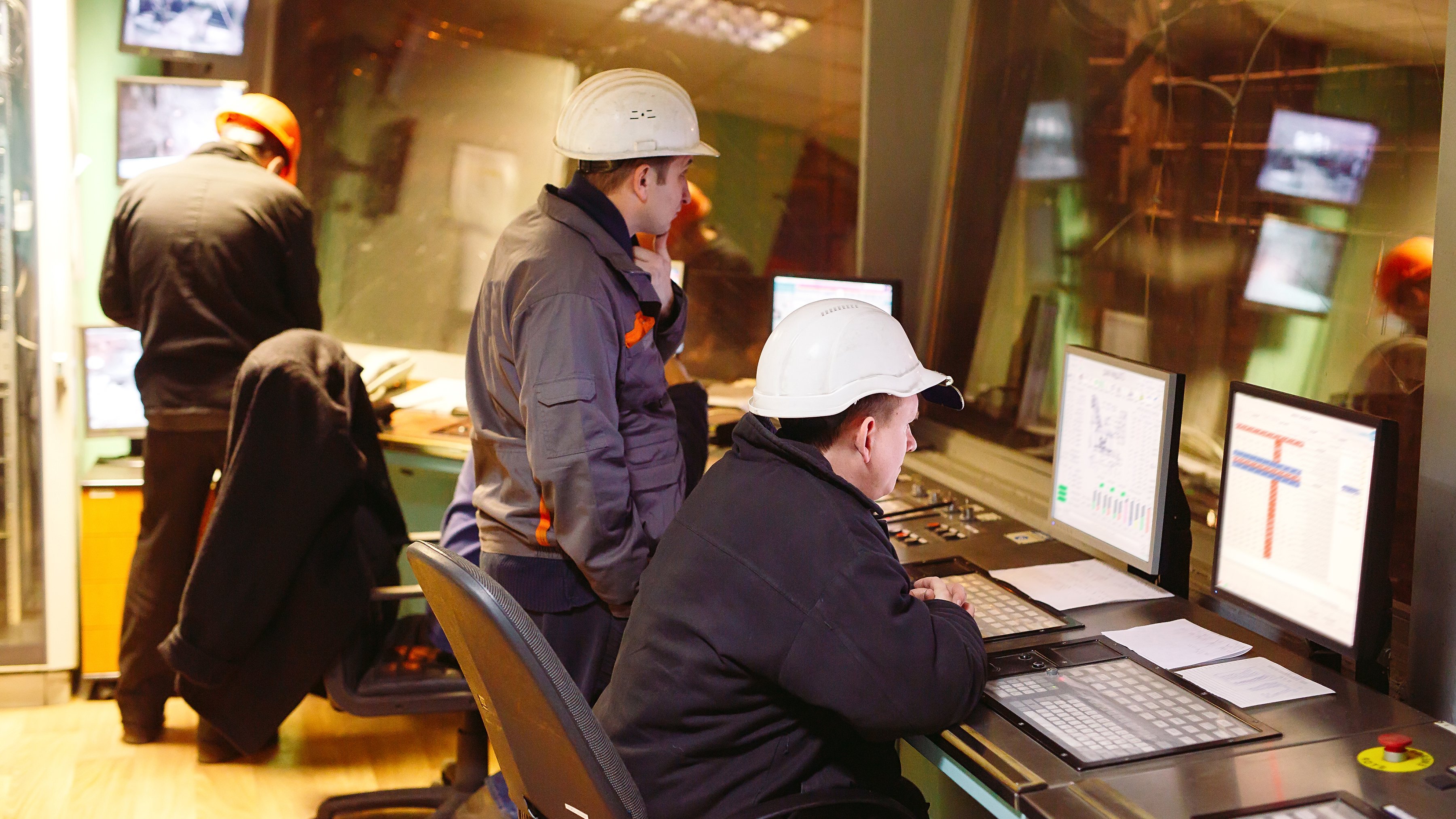Identify a mineable deposit.
Identify and define a mineral deposit with sufficient size, grade, and accessibility to support potential mining operations.
The prospecting and exploration phase is the foundation of any successful mining project. It involves systematically assessing the geological potential of an area to locate economically viable mineral resources. This phase reduces geological risk and provides essential data for resource estimation and project planning.
Activities
focuses on locating and evaluating mineral resources with economic potential
- Geological and geophysical surveys
- Soil and rock sampling
- Exploration drilling
- Detailed geological mapping

Tools and Technologies
The success of prospecting and exploration depends heavily on the use of specialized tools and advanced technologies.
- Geological Tools
- Geophysical Equipment
- Sampling and Analytical Tools
- Mapping and Modeling Software
Key Teams
These surveys help map subsurface structures, rock types, and mineralization patterns using techniques such as magnetometry, resistivity, and seismic analysis.
Systematic collection and analysis of surface materials to detect anomalies that may indicate underlying mineral deposits.
Core and reverse circulation (RC) drilling are used to obtain subsurface samples, determine ore body dimensions, and collect data for resource modeling.
Collected samples are analyzed to determine metal grades, mineral composition, depth, and other physical and chemical properties critical for evaluating economic potential.
Detailed surface and subsurface geological mapping aids in understanding the deposit’s structure, continuity, and potential mining challenges.

